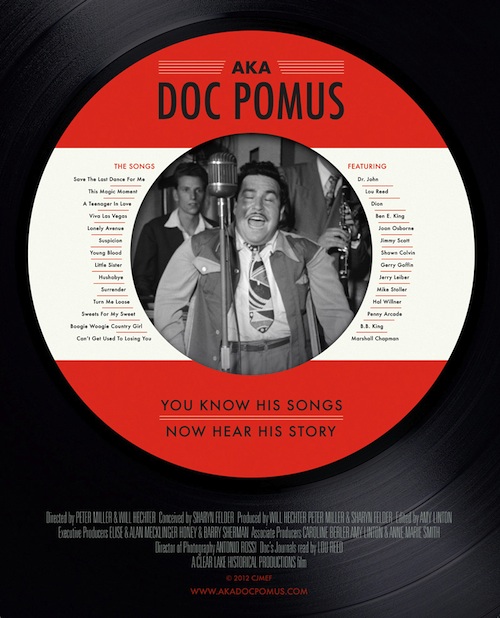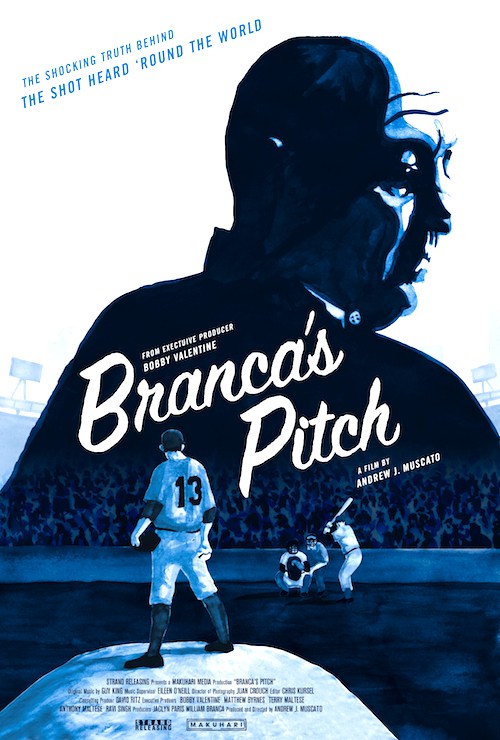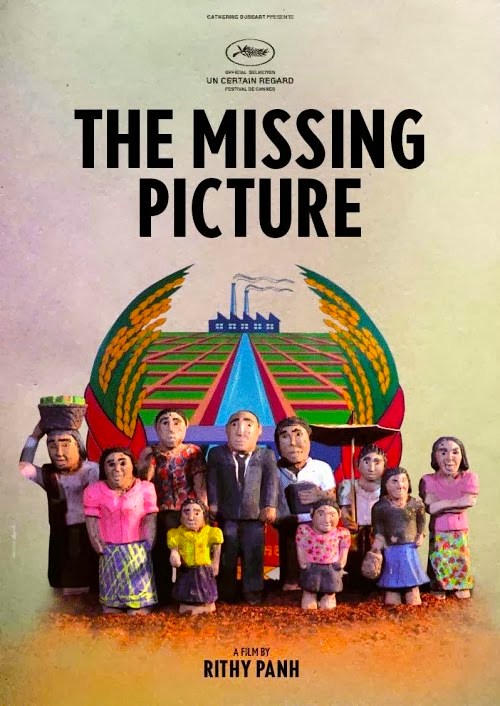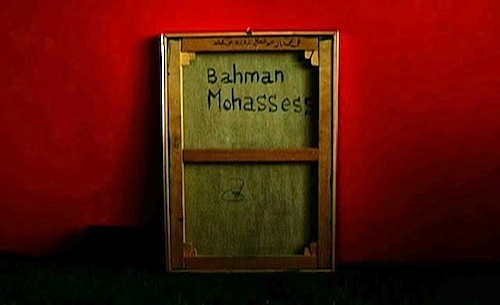By Joe Bendel. TOLO TV is like the Al Jazeera of Afghanistan, except it is critical of terrorism. Founded by Saad Mohseni, his brothers Zaid and Jahid, and their sister Wajma to be an agent of change, TOLO TV is the first and largest media outlet in Afghanistan. For three months, filmmaker Eve Orner documented the Mohsenis and many of their 900 employees at work and on their guard in The Network, which releases on VOD platforms today.
If TOLO TV sounds familiar, you might remember Havana Marking’s Afghan Star, the behind-the-scenes look at the pop idol reality show produced by that station. Marking followed the travails of a particular contest who faced death threats for modestly swaying to her music. Several years later, contestants regularly show off a few non-twerking moves and often appear sans head trappings. This constitutes progress and it was made possible by TOLO.
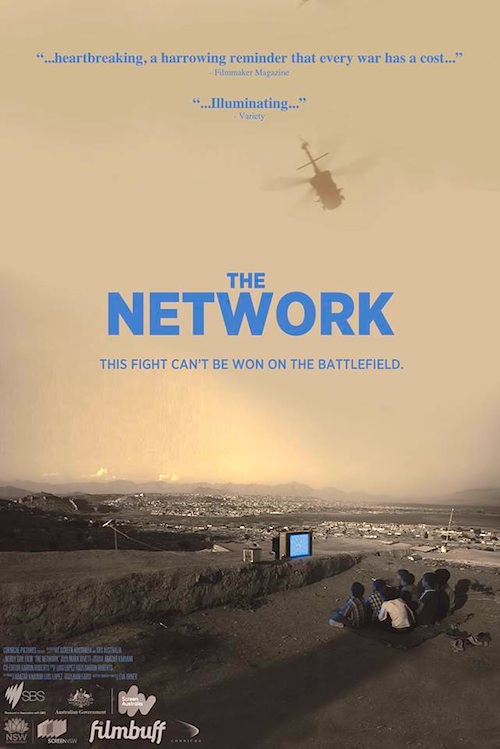 Growing up in exile as a result of the Soviet invasion, the Mohsenis, especially London-born Saad, are clearly entrepreneurs on a mission. Arriving in Kabul with waves of returning expats, they shared the general euphoria following the fall of the Taliban. Perceiving a need and an opportunity, they started the radio station that would eventually blossom into the TOLO mini-empire. It was a risky venture, because there was absolutely no media whatsoever in the country at the time. None. Zero. The Islamist Taliban had forbidden such a sacrilege. As one TOLO reporter dramatically recalls, the only sanctioned form of entertainment during the regime were public executions. Yet despite the years of doing without, the Afghan people immediately took to TOLO’s offerings.
Growing up in exile as a result of the Soviet invasion, the Mohsenis, especially London-born Saad, are clearly entrepreneurs on a mission. Arriving in Kabul with waves of returning expats, they shared the general euphoria following the fall of the Taliban. Perceiving a need and an opportunity, they started the radio station that would eventually blossom into the TOLO mini-empire. It was a risky venture, because there was absolutely no media whatsoever in the country at the time. None. Zero. The Islamist Taliban had forbidden such a sacrilege. As one TOLO reporter dramatically recalls, the only sanctioned form of entertainment during the regime were public executions. Yet despite the years of doing without, the Afghan people immediately took to TOLO’s offerings.
On one hand, The Network is a success story, charting TOLO’s growth as a business and a cultural phenomenon. However, an uneasy pessimism hangs over the film. The Mohsenis and their employees openly fear the consequences when the western military powers cut-and-run. After all, TOLO personnel have definitely become targets of the Taliban and their allies. Orner documents many of the tight spots they just barely survived. Ironically, some of the most tragic episodes were instances when TOLO staffers were literally caught in the crossfire.
Arguably, Saad Mohseni is a media visionary. Yet, TOLO often walks a fine line to avoid angering the Islamist element. Their answer to Dr. Phil is particularly problematic, but one could make a case that the open criticism expressed by TOLO’s female employees of his “just be virtuous” advice is a promising sign. Granted, their melodramas look rather cheesy, but not as amateurish as the grade-Z Pashto films gonzo documentarian George Gittoes produced. TOLO also challenges many pre-conceptions viewers might hold, especially with regards to the success they have had with their anti-terrorist cop show, partly underwritten by the U.S. embassy.
Indeed, there is little anti-American sentiment in The Network, per se, and there is absolutely no nostalgia for the Communist regime. This is fascinating stuff, with far reaching social, economic, and geopolitical implications. Orner captures plenty of telling moments and conveys a good sense of the increasingly uncertain vibe in-country. It is a smart doc that is all muscle and no fat. Highly recommended for Middle East watchers and strategic thinkers, The Network is now available for VOD viewing.
LFM GRADE: B+
Posted on October 8th, 2013 at 11:05am.
